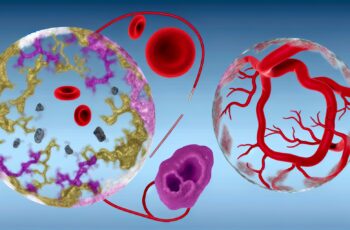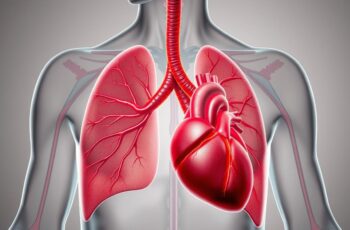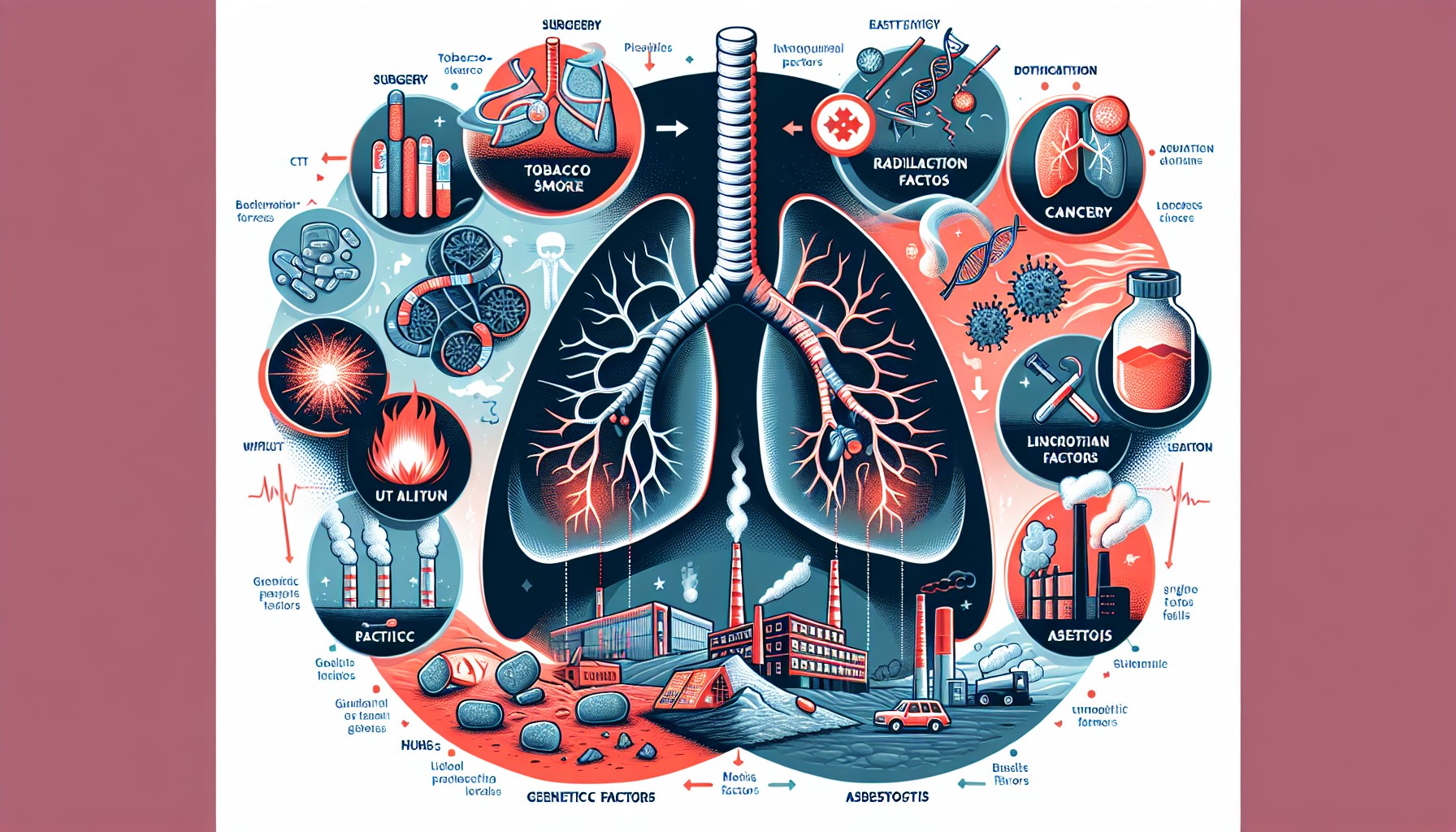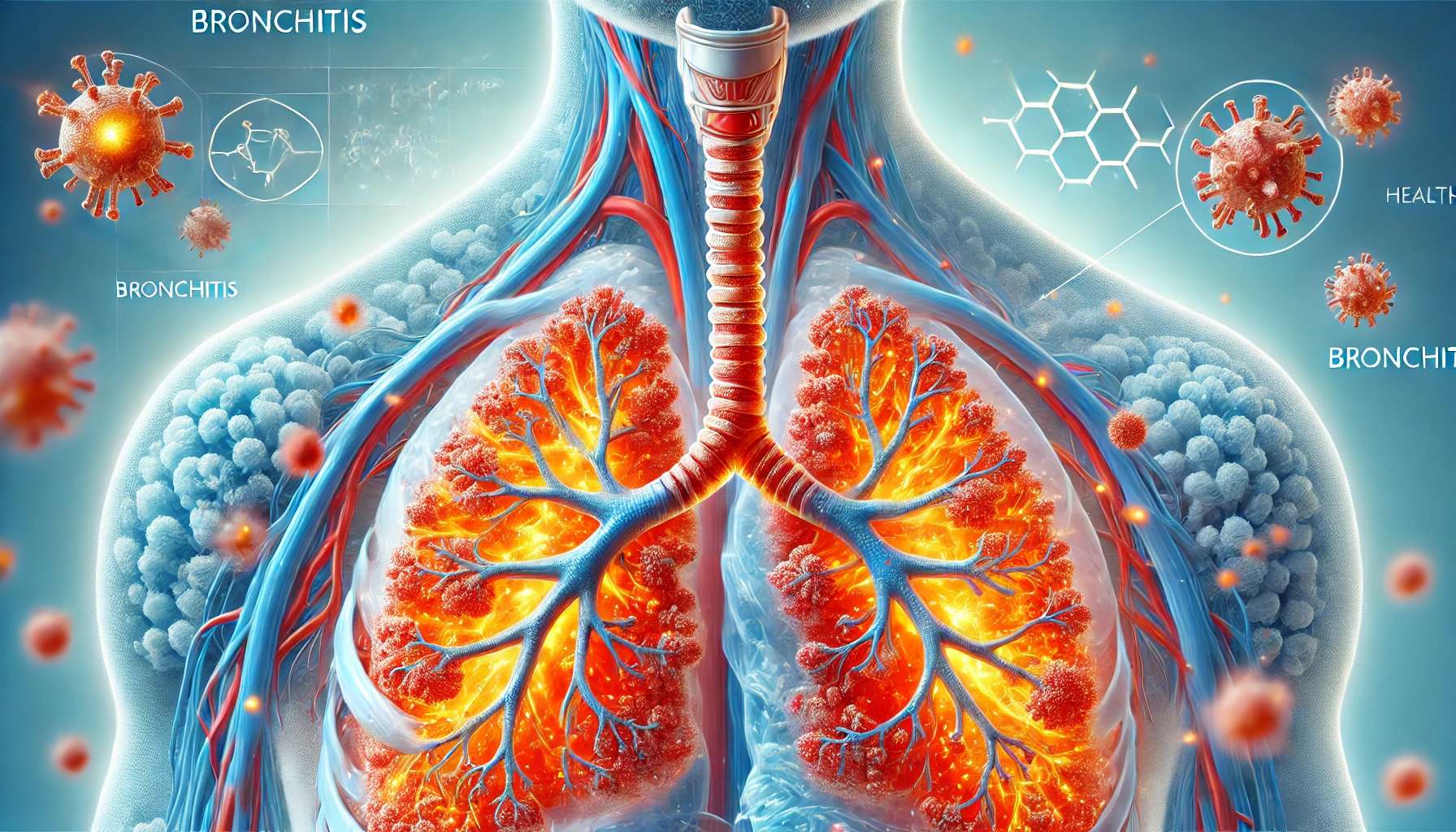Ad Blocker Detected
Our website is made possible by displaying online advertisements to our visitors. Please consider supporting us by disabling your ad blocker.
Chronic Obstructive Pulmonary Disease (COPD) is more than a diagnosis—it’s a slow, relentless squeeze on your ability to breathe freely. Imagine your lungs struggling to keep up, like a door that jams harder every time you try to open it. Over time, the problem compounds, turning simple acts like strolling to the kitchen or taking a deep breath into uphill battles.
In this guide, we’ll break down COPD: what it entails, the ways it manifests, the triggers behind it, and how to take back some control over your breathing and your life.
What is COPD Anyway?
Chronic Obstructive Pulmonary Disease (COPD) serves as an umbrella term, wrapping together lung conditions that refuse to let your airways work as they should. The two main culprits:
- Emphysema: Think of your lungs like a stretched-out balloon—over time, it loses elasticity. That’s emphysema in a nutshell. The air sacs (alveoli) expand, lose their bounce, and suddenly oxygen exchange becomes more of a traffic jam than a smooth ride.
- Chronic Bronchitis: Imagine a cough that just won’t quit, paired with mucus galore. This happens because the airways stay inflamed and irritated like a car alarm that never turns off.
Although these two often team up in COPD cases, they can also cause havoc separately.
Signs You Might Be Dealing With COPD
No two cases look exactly the same, but some symptoms shout louder than others:
- Shortness of Breath: Even the smallest effort feels like climbing Everest.
- Chronic Cough: Persistent and productive (mucus-heavy), this cough is almost like a background noise you can’t mute.
- Wheezing: A soundtrack of whistling and rasping accompanies your breaths.
- Chest Tightness: It’s like wearing an invisible corset.
- Fatigue: Breathing takes energy—more than you think. With Chronic Obstructive Pulmonary Disease (COPD), your body’s working overtime just to stay afloat.
- Frequent Infections: Pneumonia, bronchitis, you name it—COPD opens the door for these to stroll right in.
- Blue Lips or Nails: A subtle yet alarming sign of low oxygen levels in the blood.
And here’s the kicker: it gets worse. Slowly, but surely. That’s why catching it early matters.
What Puts You at Risk?
Chronic Obstructive Pulmonary Disease (COPD) doesn’t appear out of nowhere. Certain factors make it more likely to knock on your door:
- Smoking: This isn’t just a red flag—it’s the whole parade. Cigarettes damage your lungs with every puff.
- Environmental Pollutants: Industrial fumes, heavy air pollution, or even secondhand smoke can do a number on your lungs.
- Occupational Hazards: Dusty or chemical-heavy workplaces like mines or construction sites are risky.
- Age: It sneaks up on you after 40, as if midlife needs another complication.
- Genetics: Got a family history of lung issues? Your genes might set you up for a higher risk.
- Alpha-1 Antitrypsin Deficiency: Rare, but significant—this genetic condition weakens your lungs, speeding up damage.
Managing COPD: What Are Your Options?
Though there’s no magic cure, managing Chronic Obstructive Pulmonary Disease (COPD) is all about stacking the odds in your favour. Here’s how:
- Medications:
- Bronchodilators: These expand your airways like tiny muscle relaxers.
- Inhaled Corticosteroids: These put out inflammation fires in the airways.
- Combo Inhalers: Two-in-one relief for maximum impact.
- Oral Corticosteroids: A short-term fix for severe flare-ups.
- Phosphodiesterase-4 Inhibitors: Say that three times fast! These target inflammation.
- Oxygen Therapy: For when your lungs just can’t keep oxygen levels where they need to be.
- Pulmonary Rehab: Think of it as a boot camp for your lungs—exercise, education, and coping strategies all rolled into one.
- Surgery: Reserved for severe cases, options like lung volume reduction surgery or transplantation can be life-changing.
- Lifestyle Tweaks:
- Quit smoking (easier said than done, but non-negotiable).
- Stay vaccinated against flu and pneumonia.
- Eat well, move more—simple advice, big results.
Can You Prevent Chronic Obstructive Pulmonary Disease (COPD)?
Absolutely. Prevention is easier than managing damage.
- Skip Smoking: The single most powerful move you can make.
- Protect Your Lungs: Masks aren’t just pandemic gear—use them to block pollutants or irritants in risky environments.
- Stay Active: Regular exercise strengthens your lungs, even if it’s just a brisk walk.
- Get Vaccinated: Respiratory infections are not your friend.
Wrapping It All Up
COPD is a serious, life-changing condition, but it’s not unbeatable. Understanding the risks, recognizing symptoms early, and committing to treatment or prevention can make all the difference.
So, take a deep breath (if you can)—then make the next one count.
Note: This guide doesn’t replace medical advice. Always talk to a doctor for personalized care.






